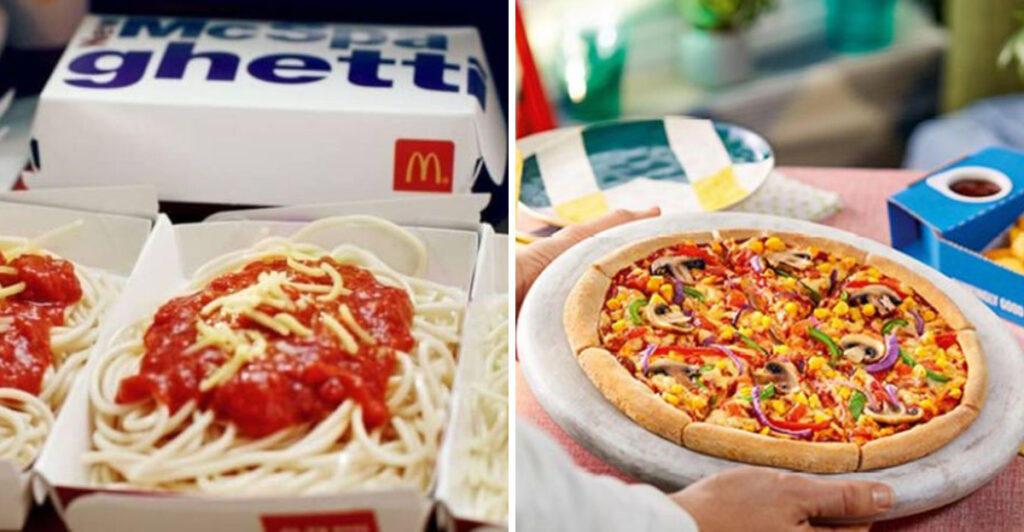Fast food chains constantly experiment with new menu items, hoping to create the next big hit. Some innovations become legendary successes that define entire brands and spread across the globe.
Others crash and burn spectacularly, costing companies millions and becoming cautionary tales in the industry.
1. McDonald’s Arch Deluxe – The Grown-Up Burger That Wasn’t
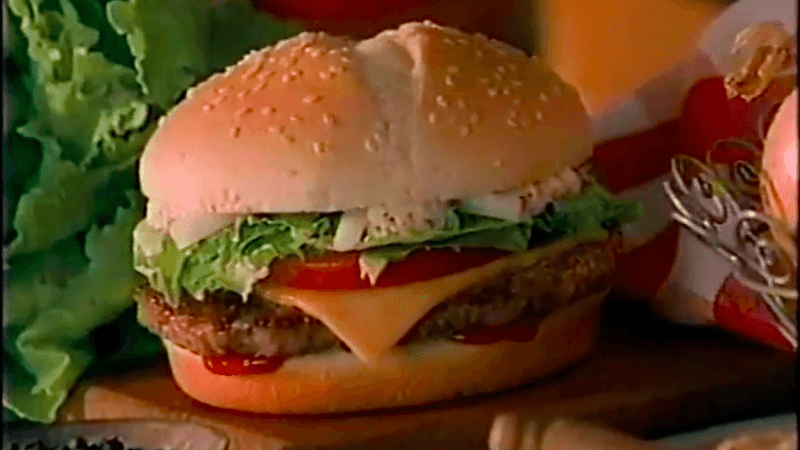
Picture this: McDonald’s spending over $100 million to convince adults they needed a “sophisticated” burger. The Arch Deluxe launched in 1996 with fancy mustard sauce and peppered bacon, targeting grown-ups who supposedly wanted more than Happy Meals.
Marketing campaigns featured kids making disgusted faces at the adult burger. Ironically, adults weren’t interested in paying premium prices for McDonald’s attempts at sophistication.
The whole campaign backfired spectacularly. Adults continued ordering Big Macs, while the expensive advertising push became one of the company’s most embarrassing failures in fast food history.
2. Burger King’s Satisfries – When Healthy Fries Fell Flat
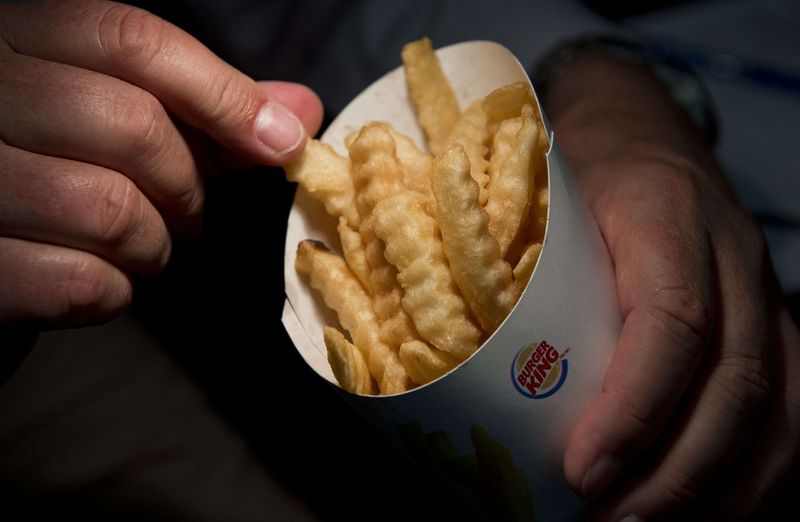
Burger King thought they cracked the code in 2013 with Satisfries – crinkle-cut fries containing 30% less fat than regular fries. The company invested heavily in promoting these “healthier” alternatives to traditional french fries.
Customers weren’t fooled by the health angle. When people visit Burger King, they want indulgent comfort food, not diet-friendly substitutes that tasted different from beloved classics.
The Satisfries disappeared within a year. Fast food fans proved they’d rather have authentic guilty pleasures than compromised healthy versions of their favorite treats.
3. Taco Bell’s Seafood Salad – Ocean Meets Mexican Confusion
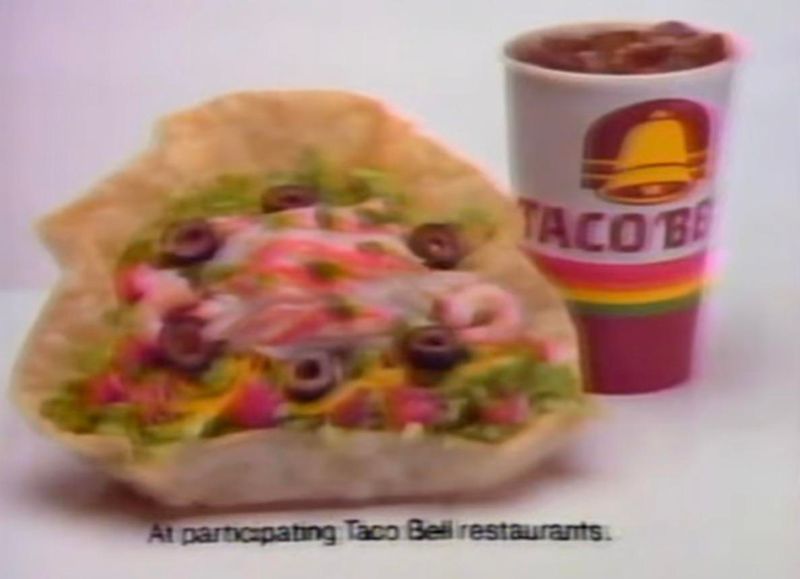
During the 1980s, Taco Bell made a bizarre decision to serve seafood salad featuring shrimp, whitefish, and snow crab. This aquatic adventure seemed completely out of place at a chain famous for tacos and burritos.
Customers found the concept confusing and unappealing. Why would anyone order seafood from a Mexican-inspired fast food restaurant known for ground beef and cheese?
Food safety concerns about keeping seafood fresh in fast food environments sealed the deal. The seafood salad vanished quickly, teaching Taco Bell to stick with land-based proteins.
4. McSpaghetti – When Golden Arches Met Italian Noodles
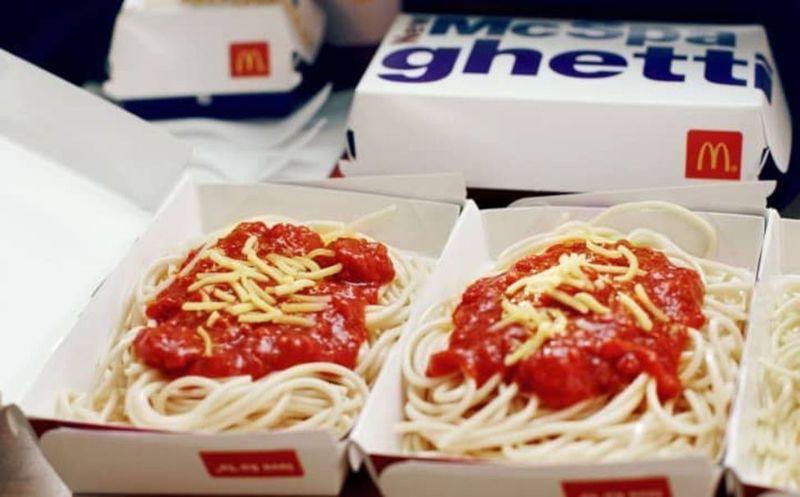
McDonald’s once believed they could conquer Italian cuisine with McSpaghetti, served in various international markets and briefly in America. The concept paired spaghetti noodles with sweet tomato sauce in classic McDonald’s packaging.
American customers found the idea ridiculous. McDonald’s represented quick burgers and fries, not sit-down pasta dinners that required forks and actual chewing time.
The logistics proved nightmarish too. Pasta required longer cooking times, conflicting with McDonald’s speed-focused business model. McSpaghetti taught the company that some food categories simply don’t belong under golden arches.
5. Pizza Hut’s Priazzo – The Pizza That Was Too Much Pizza
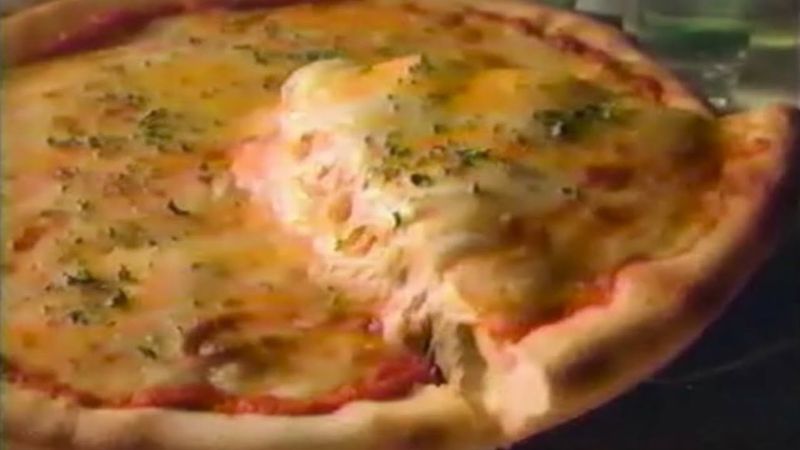
Pizza Hut introduced the Priazzo in 1985 as a double-layered, deep-dish pizza stuffed with ingredients and sealed with another layer of dough. Think pizza meets calzone meets architectural disaster.
The Priazzo looked impressive but created operational chaos. Each one took 25 minutes to bake, destroying Pizza Hut’s promise of quick service and frustrating hungry customers.
The final product was often soggy, overly heavy, and difficult to eat. Customers preferred traditional pizzas they could actually finish without feeling uncomfortably full for hours afterward.
6. Wendy’s Superbar – The Buffet That Broke the System
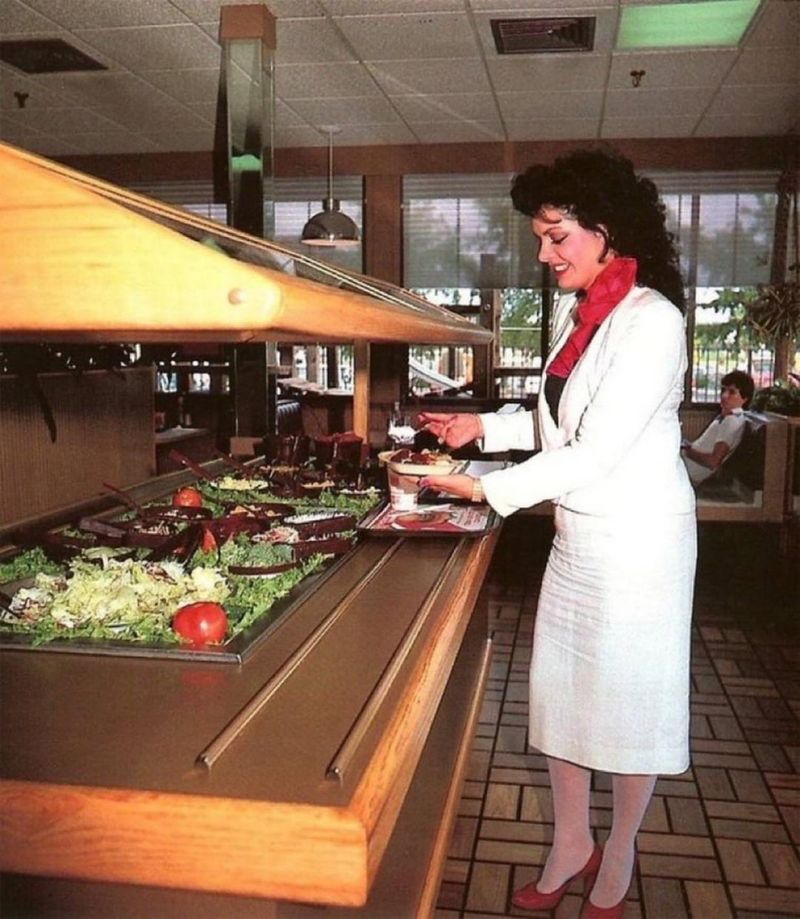
Wendy’s Superbar launched in 1988 as an ambitious all-you-can-eat buffet featuring tacos, pasta, salads, and desserts. The concept aimed to transform Wendy’s from burger joint to family dining destination.
Customers loved the variety and value, but the Superbar became a profit-killing monster. Food waste skyrocketed, labor costs multiplied, and maintaining food safety standards proved nearly impossible.
The buffet format clashed with fast food efficiency. By 1998, Wendy’s admitted defeat and returned to focusing on what they did best: square burgers and Frosties.
7. McDonald’s Hula Burger – Pineapple Dreams and Catholic Schemes
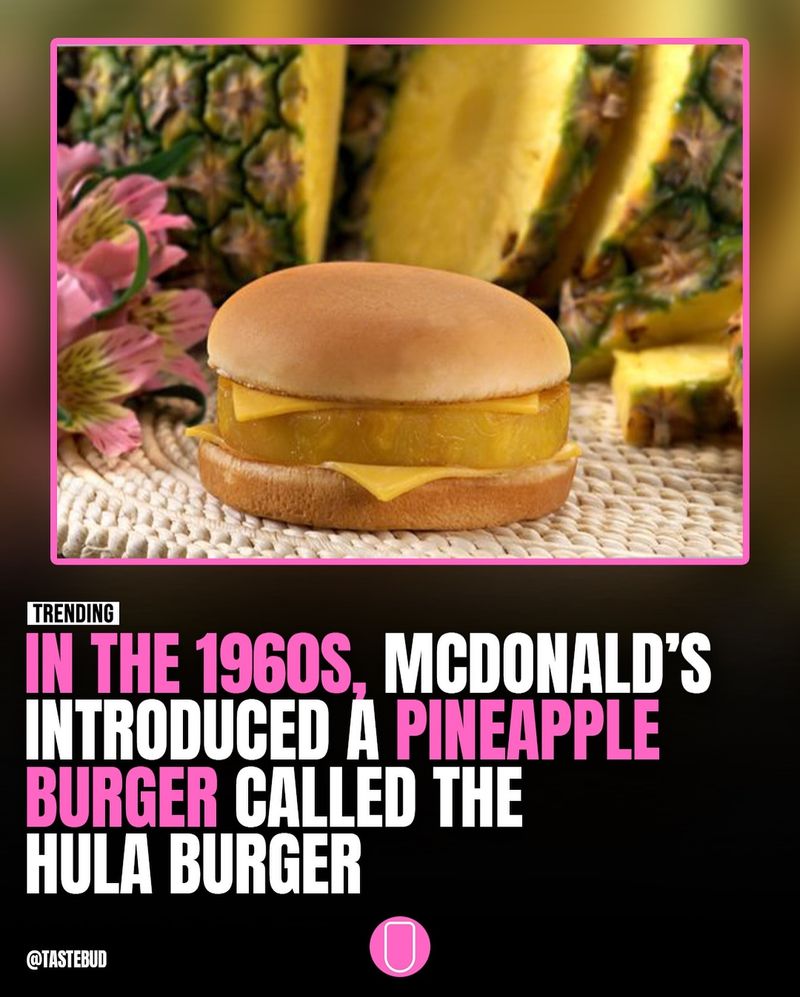
In 1962, McDonald’s founder Ray Kroc created the Hula Burger for Catholic customers observing meatless Fridays during Lent. This “burger” featured grilled pineapple and cheese on a bun instead of beef.
The concept failed spectacularly against its competitor, the Filet-O-Fish. Customers weren’t interested in fruit masquerading as a burger, even for religious reasons.
The Hula Burger taught McDonald’s that good intentions don’t guarantee good taste. The Filet-O-Fish won the religious market and became a permanent menu fixture, while pineapple burgers became a forgotten footnote.
8. Burger King’s Whopperito – Burrito Meets Burger Confusion
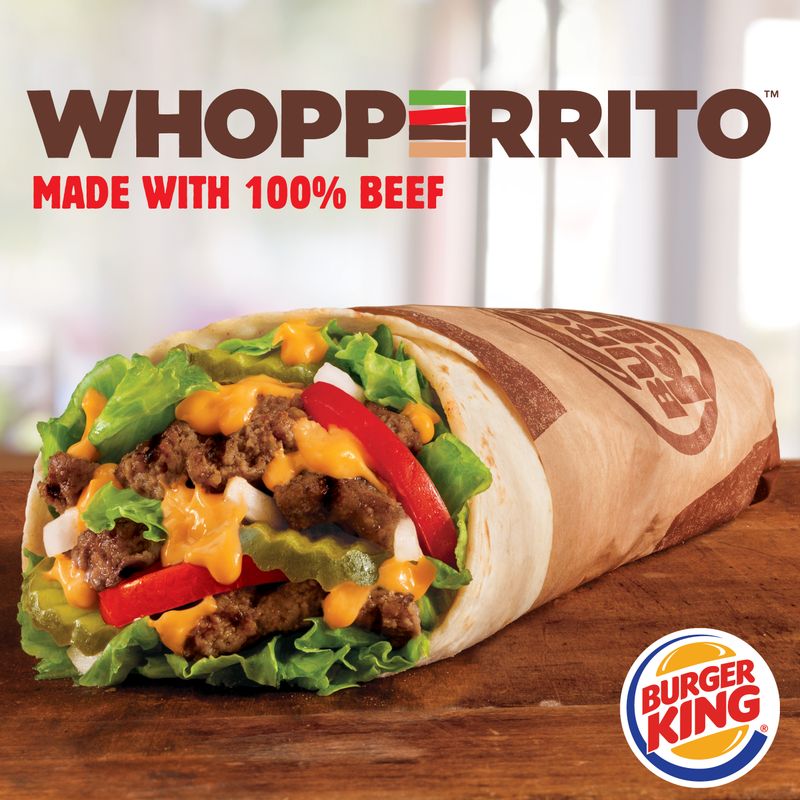
Burger King’s 2016 Whopperito wrapped all the classic Whopper ingredients – beef patty, lettuce, tomatoes, onions, pickles, and sauce – inside a flour tortilla instead of a bun.
The hybrid creation confused customers who couldn’t understand why they’d want a deconstructed burger in burrito form. The concept felt gimmicky rather than innovative or practical.
Fast food fans prefer clear categories. They want burritos from Taco Bell and burgers from Burger King, not weird combinations that satisfy neither craving properly. The Whopperito disappeared quickly and quietly.
9. Dunkin’s Croissant Donut – Riding the Wrong Trend Train

When the cronut craze swept New York in 2013, Dunkin’ Donuts jumped on the bandwagon with their own croissant-donut hybrid. Unfortunately, their version lacked the flaky, buttery magic that made the original special.
Dunkin’s interpretation felt like a regular donut trying to cosplay as a croissant. The texture was wrong, the flavor was ordinary, and the execution missed the mark completely.
The failure highlighted the difference between authentic innovation and cheap imitation. Customers could tell the difference between genuine creativity and corporate attempts to capitalize on trending food fads.
10. KFC’s Double Down Dog – Hot Dog Wrapped in Fried Chicken Madness
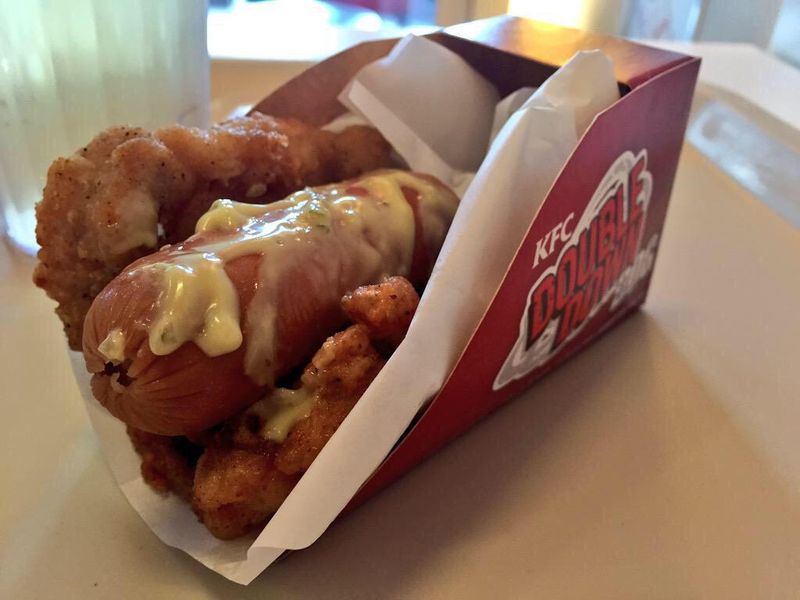
KFC Philippines introduced the Double Down Dog – a hot dog wrapped in a fried chicken fillet instead of a traditional bun. This extreme creation pushed fast food boundaries into absurd territory.
Even adventurous fast food fans found this combination excessive and impractical. The chicken-wrapped hot dog was difficult to eat and represented caloric overkill that felt more like a stunt than food.
The Double Down Dog proved that sometimes innovation goes too far. Customers want indulgent comfort food, but they also want meals they can actually consume without requiring engineering degrees.
1. McDonald’s Big Mac – The Icon That Defined Fast Food Forever
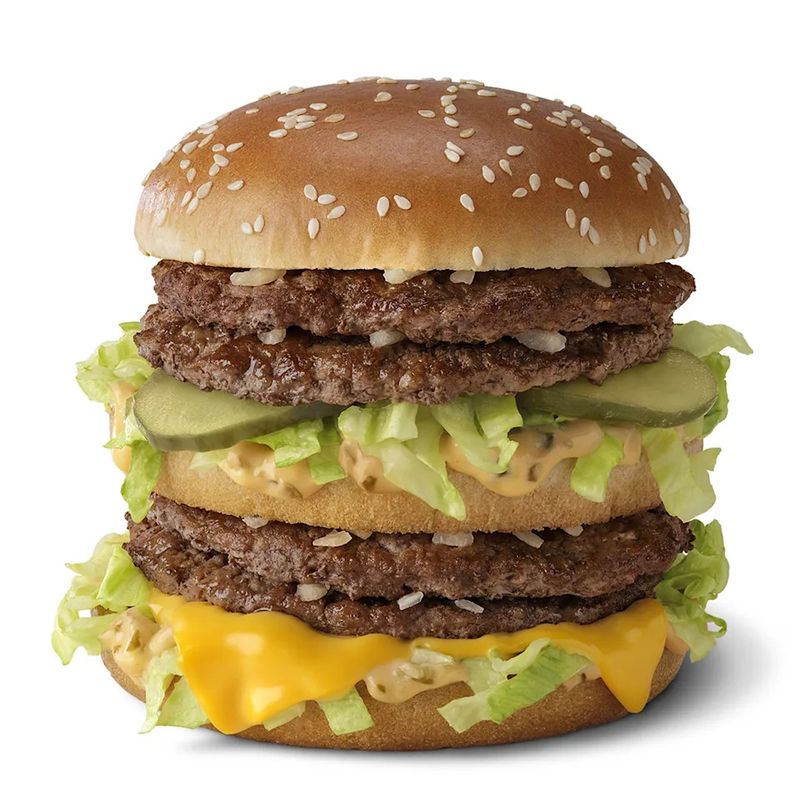
“Two all-beef patties, special sauce, lettuce, cheese, pickles, onions on a sesame seed bun.” This jingle became the soundtrack of American fast food culture when the Big Mac launched nationally in 1968.
Created by franchise owner Jim Delligatti, the Big Mac solved the problem of competing with bigger burgers from other chains. The three-layer design was revolutionary and instantly recognizable.
Today, the Big Mac serves as McDonald’s global ambassador, available in over 100 countries. Economists even use Big Mac prices to compare currency values worldwide through the “Big Mac Index.”
2. Burger King’s Whopper – The Flame-Grilled Champion Since 1957
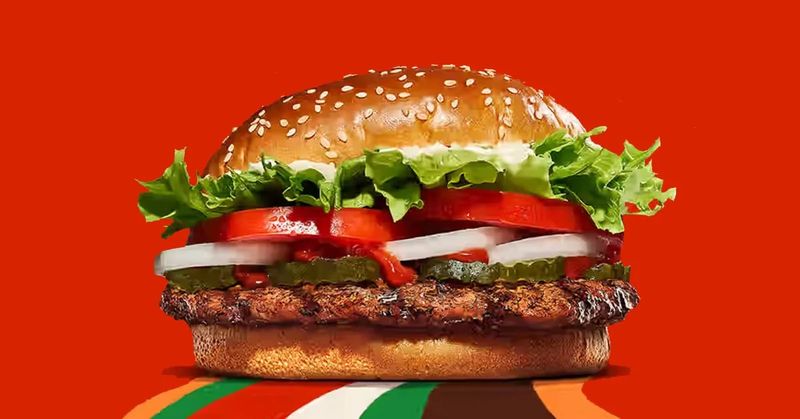
When Burger King introduced the Whopper in 1957, they weren’t just launching a burger – they were declaring war on McDonald’s smaller offerings. The quarter-pound patty dwarfed competitors and established BK’s “Have It Your Way” philosophy.
The flame-grilled cooking method gave Whoppers a distinctive smoky flavor that set them apart from griddle-cooked competitors. This unique taste became Burger King’s signature and primary selling point.
Six decades later, the Whopper remains Burger King’s crown jewel, available in over 100 countries and serving as the foundation for countless menu variations and limited-time offers.
3. Taco Bell’s Crunchwrap Supreme – The Perfect Handheld Mexican Revolution
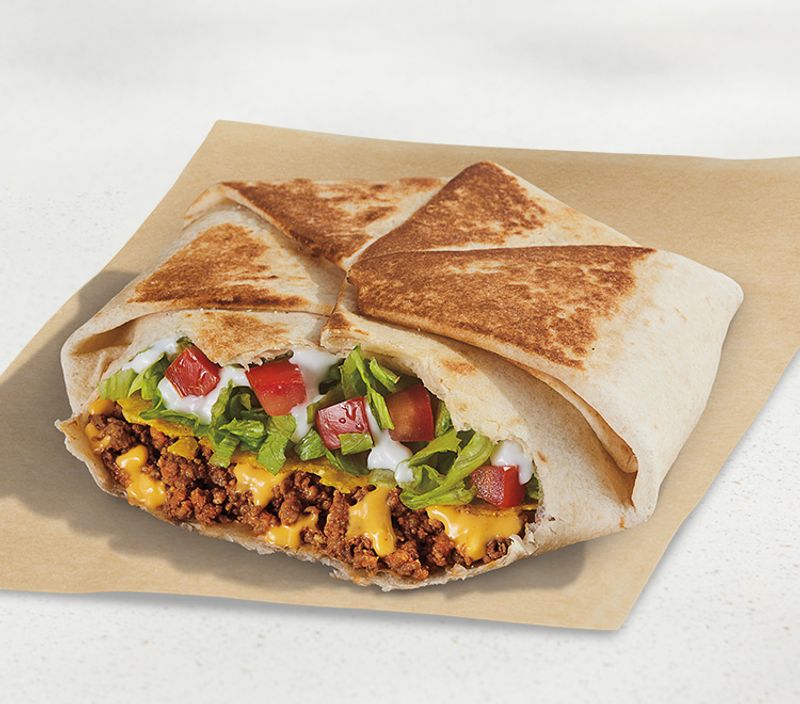
Launched in 2005, the Crunchwrap Supreme solved every taco lover’s biggest problem: how to eat Mexican food without making a mess. The genius design wraps soft and crunchy textures in a grilled tortilla package.
The hexagonal shape isn’t just pretty – it’s engineering. The folded tortilla creates a leak-proof container that holds seasoned beef, lettuce, tomatoes, cheese, and a tostada shell together perfectly.
This innovation transformed Taco Bell from cheap late-night food to legitimate fast-casual dining. The Crunchwrap became so popular that competitors scrambled to create their own handheld Mexican-inspired wraps.
4. Subway’s Footlong Sub – The Sandwich That Measured Success

The $5 Footlong promotion transformed Subway from sandwich shop to global phenomenon. Launched in 2008, this pricing strategy made foot-long subs accessible to budget-conscious customers everywhere.
Subway’s build-your-own concept empowered customers to create personalized meals, while the footlong size provided obvious value. The catchy jingle “Five dollar, five dollar footlong” became an earworm that boosted sales dramatically.
This success helped Subway become the world’s largest restaurant chain by location count, surpassing even McDonald’s. The footlong remains Subway’s signature offering and primary competitive advantage in the crowded sandwich market.
5. KFC’s Original Recipe Chicken – The Secret That Conquered Continents
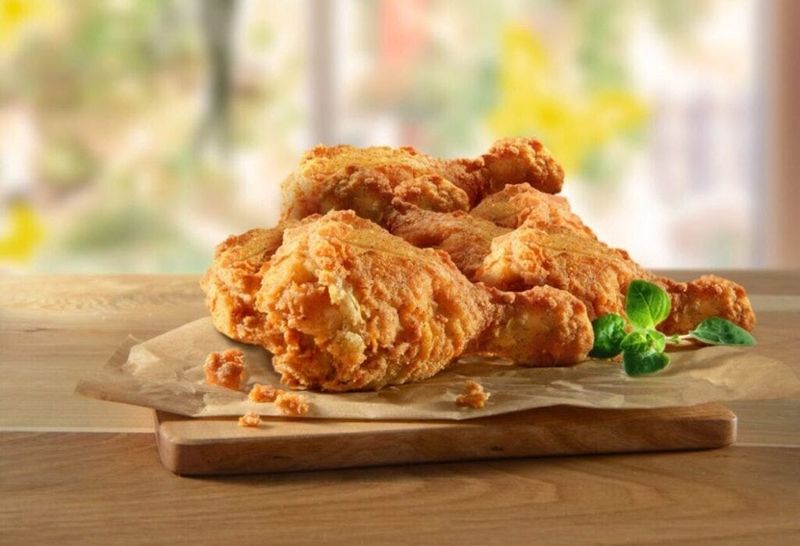
Colonel Harland Sanders’ blend of 11 herbs and spices created more than fried chicken – it built a global empire. The Original Recipe, developed in the 1940s, remains one of the food industry’s most closely guarded secrets.
The pressure-frying technique Sanders perfected produced consistently crispy, juicy chicken that competitors couldn’t replicate. This unique cooking method became KFC’s primary competitive advantage and quality trademark.
Today, KFC operates in over 145 countries, adapting local flavors while maintaining the Original Recipe’s integrity. The secret formula, locked in a vault, continues driving international expansion and customer loyalty.
6. McDonald’s French Fries – The Golden Standard of Fast Food Sides
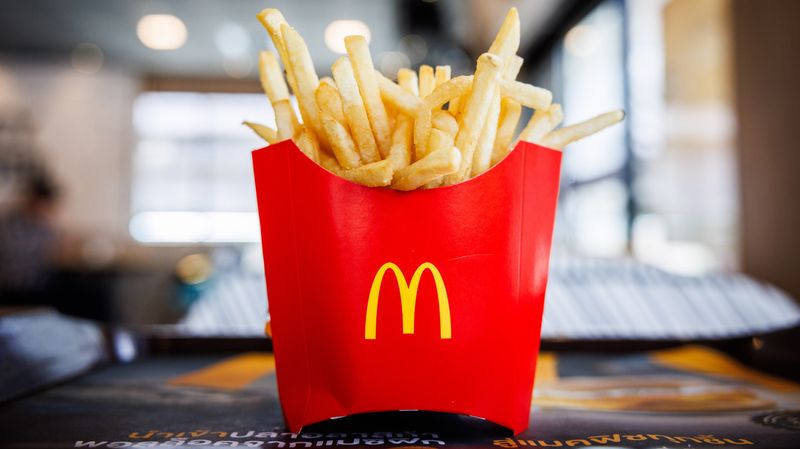
McDonald’s fries aren’t just a side dish – they’re a cultural phenomenon. The thin-cut, golden fries have achieved legendary status through decades of consistent quality and addictive flavor profiles.
The secret lies in the preparation process: specific potato varieties, precise cutting, blanching, freezing, and frying in a carefully crafted oil blend. This complex system ensures identical taste from Tokyo to Toronto.
These fries have become McDonald’s most recognizable product after the Big Mac. Many customers visit McDonald’s specifically for the fries, making them one of the most successful fast food items ever created.
7. Starbucks Frappuccino – The Coffee Milkshake That Built an Empire
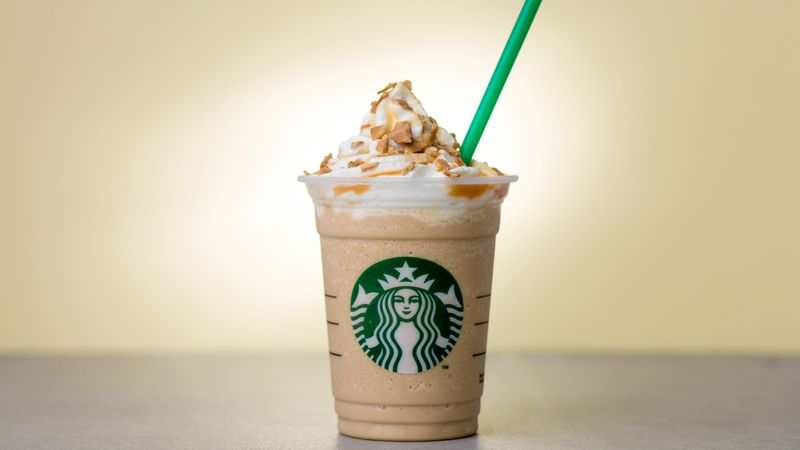
The Frappuccino transformed Starbucks from coffee purist haven to mainstream lifestyle brand. Launched in 1995, this blended beverage made coffee accessible to people who didn’t actually like coffee’s bitter taste.
The genius lay in disguising caffeine as dessert. Sweet, cold, and Instagram-worthy, Frappuccinos attracted younger demographics and expanded Starbucks’ customer base exponentially beyond traditional coffee drinkers.
This innovation sparked the entire frozen coffee drink category and helped Starbucks achieve global domination. The Frappuccino proves that sometimes the most successful products aren’t the most authentic – they’re the most appealing.
8. Chick-fil-A Chicken Sandwich – The Simple Perfection That Started Wars
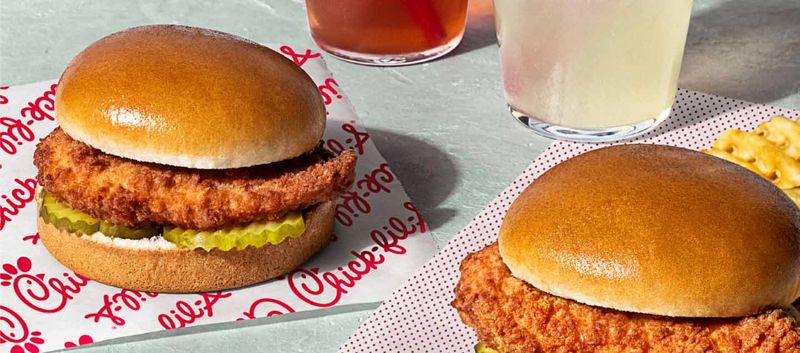
Chick-fil-A’s original chicken sandwich proves that simplicity wins: a perfectly seasoned, hand-breaded chicken breast on a buttered bun with two pickle chips. No bells, no whistles, just execution perfection.
The pressure-cooked preparation method creates incredibly juicy chicken with a crispy exterior that competitors struggle to match. The attention to detail extends to hand-breading each piece and using premium ingredients.
This sandwich single-handedly elevated chicken to rival beef in fast food popularity. Chick-fil-A’s success inspired the entire industry to focus on chicken, launching countless imitations and “chicken sandwich wars” across America.
9. Popeyes Chicken Sandwich – The Challenger That Broke the Internet

When Popeyes launched their chicken sandwich in 2019, they didn’t just introduce a menu item – they started a cultural phenomenon. The spicy, crispy chicken on a brioche bun with pickles created nationwide hysteria.
Social media exploded with comparisons to Chick-fil-A, creating organic marketing that money can’t buy. Lines wrapped around buildings, locations sold out daily, and the sandwich became a trending topic for months.
The success transformed Popeyes from regional chain to major fast food contender, proving that exceptional products can still disrupt established markets. The chicken sandwich wars officially began with this spicy challenger.
10. Domino’s Pizza – The Delivery Revolution That Conquered the Globe
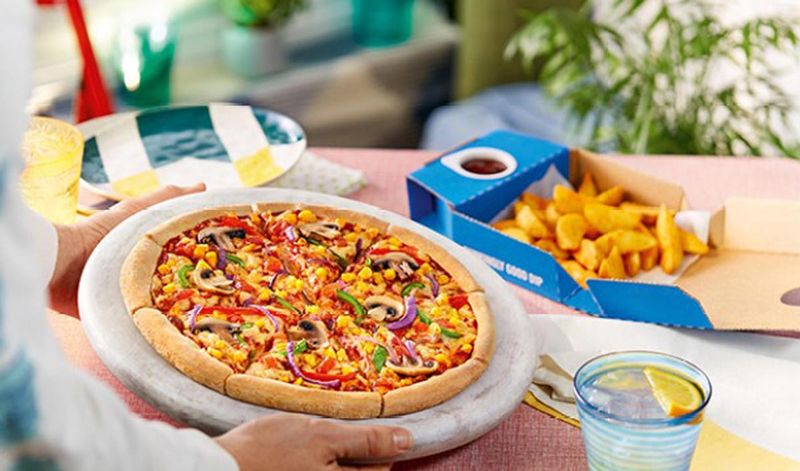
Domino’s didn’t just sell pizza – they sold convenience. The “30 minutes or less” guarantee revolutionized food delivery and established pizza as the ultimate comfort food for busy modern life.
The company’s willingness to adapt to local tastes while maintaining operational efficiency enabled global expansion. From curry pizzas in India to seafood toppings in Japan, Domino’s proves flexibility drives international success.
Digital innovation kept Domino’s ahead of competitors, from online ordering to pizza tracking apps. Today, Domino’s operates in over 90 countries, making it the world’s largest pizza delivery company by revenue and locations.

